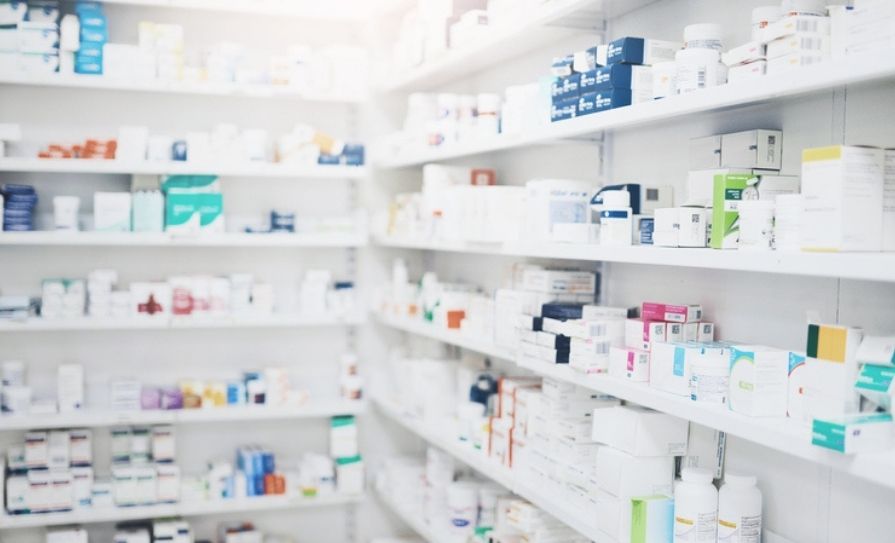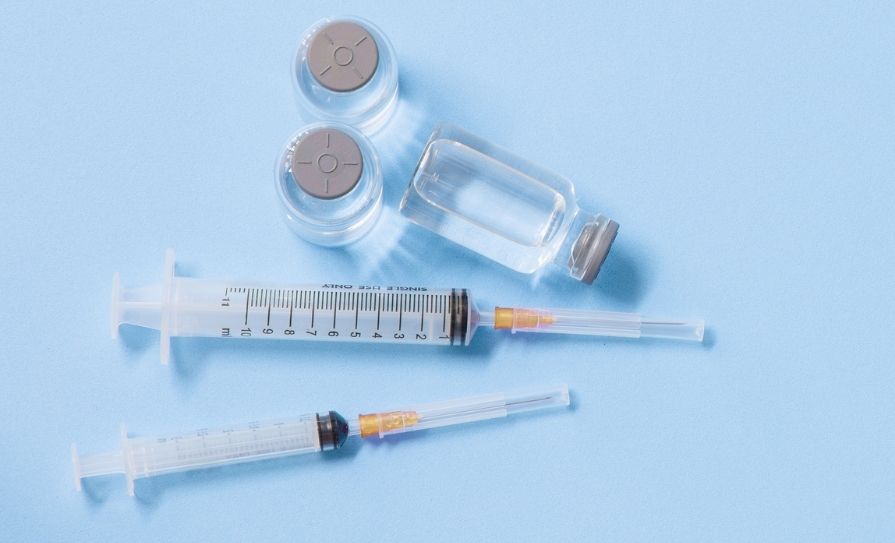HIQA recently published an overview report on its monitoring of activity in public acute hospitals in Ireland between 2015 and 2019. The Authority’s Head of Healthcare Mr Sean Egan spoke with Pat Kelly about the positive and negative aspects of the report’s findings, including on hospital pharmacies and medication safety
Overview Report of Five Years of HIQA Monitoring in Irish Public Acute Hospitals Against National Standards: 2015-2019, released last month, is more than 100 pages long and provides a comprehensive overview of the development of monitoring in public acute hospitals over the past five years.
Since 2015, HIQA has been assessing elements such as medication safety, maternity services, nutrition and hydration, and infection prevention and control against the National Standards for Safer Better Healthcare. The largest number of inspections carried out was in the area of ‘infection prevention and control’, at 161 inspections; followed by ‘medication safety’, at 64 inspections. The remaining inspections by theme were in the areas of ‘maternity services’ at 22; ‘nutrition and hydration, 13; and five inspections in the area of ‘rehabilitation and community inpatient healthcare services’.
While many of the outcomes of these inspections were positive, there was a variation and disparity in some of the findings. For example, under ‘activity in 2018 and 2019’, the report noted that “the essential elements needed for the prevention and control of infection were enhanced in the majority of hospitals”. However, it added that “some inherent weaknesses, mainly related to capacity and capability, were identified in a small number of hospitals”.
Medication safety
Mr Sean Egan, HIQA’s Head of Healthcare, explained to the Irish Pharmacist (IP) that the five-year overview “provides a better understanding of the impact of the monitoring that we do over time, because a lot of the improvements we want to try to drive do take time for the health service to respond to and that can’t often be seen over an annual vista, for example”. The focus of the monitoring has been on key international areas of patient safety, he said.
The report also represents the first time that medication safety has been looked at so closely at a national level in acute hospitals. The results showed that there are “some really good medicine safety programmes in acute hospitals, and a lot of hospitals that would compare favourably internationally, but it is quite variable across hospitals, and a lot of hospitals have a lot further to travel in terms of the journey they need to make,” said Mr Egan. “The work that we have done has incentivised a lot of the work that has been done in many of these hospitals, but a lot of others need to continue to travel that journey. Equally, there is a requirement for targeted investment, particularly in clinical pharmacy services.”
Other developments over the five-year period include that the State Claims Agency is publishing a report around medicines safety and, since 2015, there has been a doubling of the reporting of incidents to the National Incidents Management Programme.
“That’s not to say that those incidents weren’t happening before — they just weren’t being reported,” said Mr Egan. “One of the things we are trying to intensify through this programme is risk management, and a key part of that is incident reporting. We can see that in the figures; they have been driven in correlation with the work we have been doing in this area, so while there has been an added focus [on reporting], we can see that there is still ongoing variation that needs to be addressed in the context of medicine safety.”
In terms of the reaction they receive when the inspection team shows up at a site unannounced, Mr Egan said: “I think people have become more used to it… I was involved in a lot of the infection control inspections at the start. There was apprehension at the time when we would show up unannounced, but now I think hospitals are more used to dealing with us and they are all quite prepared.”
Hospital pharmacists
Regarding the role of hospital pharmacists in ensuring medication safety, Mr Egan told IP: “Within the monitoring we have done, clearly, medication safety is much bigger than just pharmacy and it’s important that it is a whole-hospital issue at the top of the agenda in terms of managing quality and risk, so it is multidisciplinary in terms of its focus.
“Within that, pharmacists have an absolutely critical role in terms of providing expertise and leadership in medicine safety within organisations. In this country, there are really good exemplars in terms of how to set up medicine safety programmes, but there is significant variation.”
Mr Egan continued: “We have seen over this five-year period that there has been an enhancement in many hospitals in terms of the focus in this area. There have been some additional resources and we have seen some good innovation in various settings to try to get the best outcomes for patients in terms of the resources applied in this area, but we also see that there continues to be significant variation, and the key element of that variation is a deficit in the availability of clinical pharmacy resources in hospitals.”
… Reporting near-misses is a key element of any risk management structure and I think hospitals should be incentivised, and that’s certainly something that we place quite a significant emphasis on in terms of our inspection approach
Mr Egan also drew attention to the Patient Safety Licensing Bill, which envisages a licensing regime for healthcare and as part of that, HIQA would also have enforcement powers. Part of these powers would be the ability to either not grant a licence to conduct operations, or remove a licence, or apply conditions to it, which has been mooted for future legislation.
Mr Egan was asked if he anticipated any resistance to additional enforcement powers for HIQA from healthcare practitioners or facilities that may feel they are already being heavily regulated in their day-to-day activities. “Our role is what’s termed as a ‘systems regulator’,” he told IP. “The Medical Council or the PSI, for example, are by and large responsible for regulating the professionals who work within organisations. The intention of a body such as ourselves regulating is that we look at the totality of the system that is overseen by the legal entity that is responsible for providing the service, and the experience internationally is that there is a role for both, and it can act as an important protection for patients in terms of driving safety.”
Near-misses
Part of the report’s recommendations include that hospitals should support a culture of not just reporting medication-related incidents, but also near-misses among all healthcare professionals. However, given the variations in staffing and other resources across Ireland, Mr Egan was asked whether this aspiration is more realistic for some hospitals than for others. “This [ties-in with] the complementary work that the State Claims Agency is publishing,” he said. “It’s really important from a risk-management perspective that risk issues from a patient perspective are visible, so that they can be managed. One of the key elements — but not the only element — is that incidents and near-misses are reported through the appropriate mechanisms.
“There is an expectation that this would occur under the national guidelines, for example, but we are dealing here with serious patient safety issues. Certainly, things could be looked at in terms of hospitals, such as incentivising this and providing a safe culture where people feel that there will not be any comeback for them if they do report. But really, I don’t think — notwithstanding the fact that people are clearly always busy — that is an excuse to not report incidents, because in the absence of having that visibility around issues, it could be difficult to manage risks, which can then manifest as harm for patients.
“So [reporting near-misses] is a key element of any risk management structure and I think hospitals should be incentivised, and that’s certainly something that we place quite a significant emphasis on in terms of our inspection approach.”







